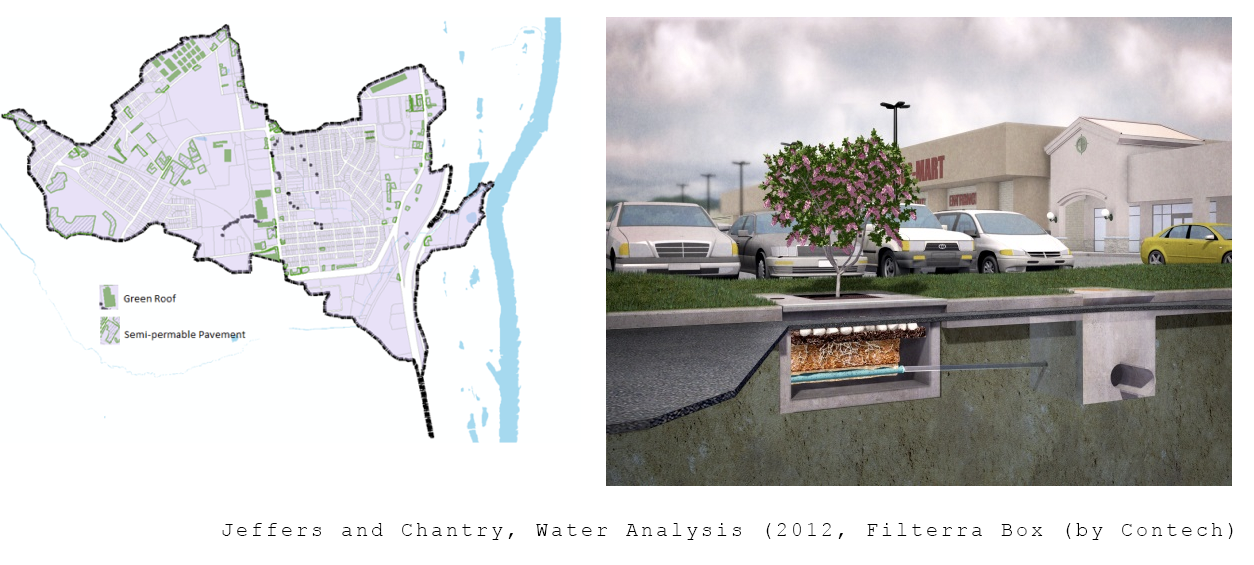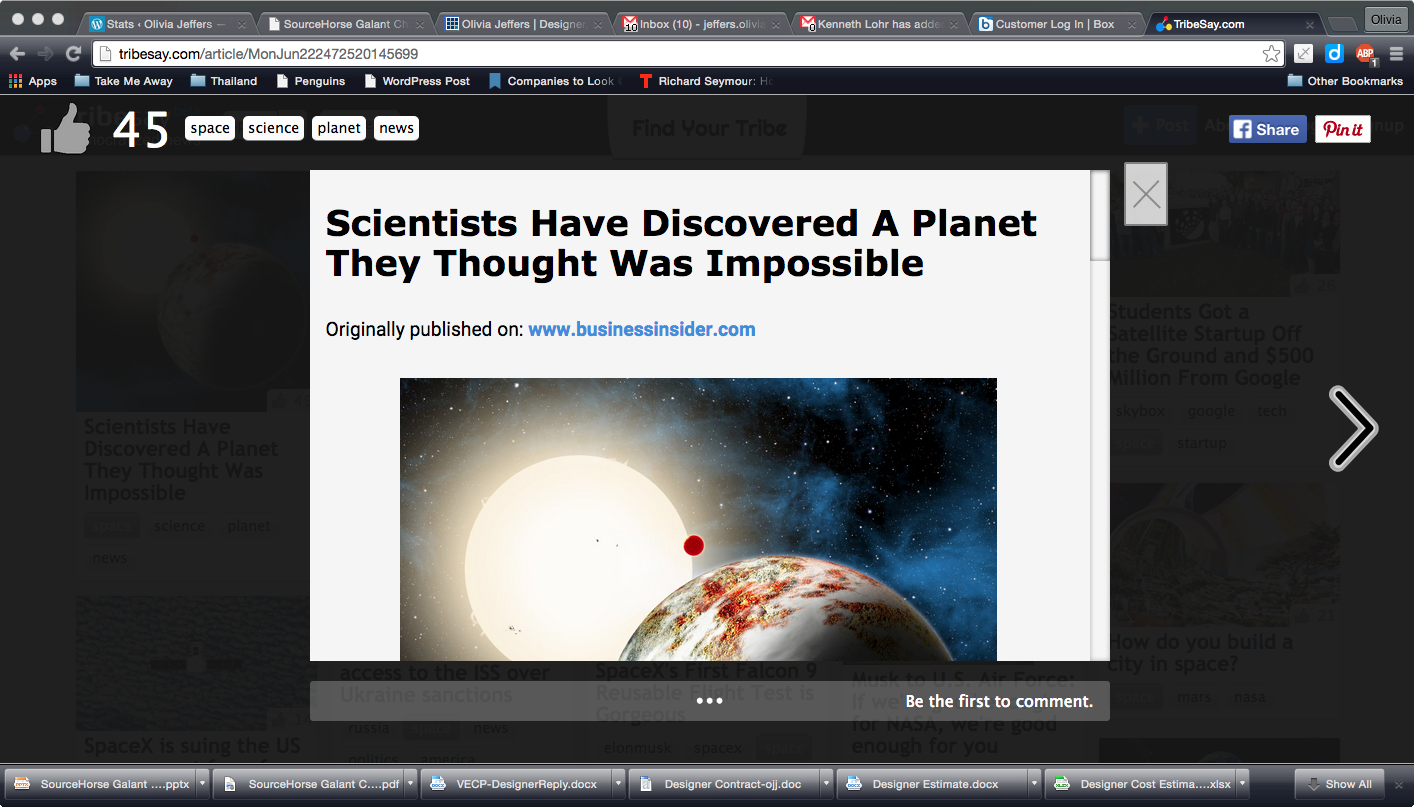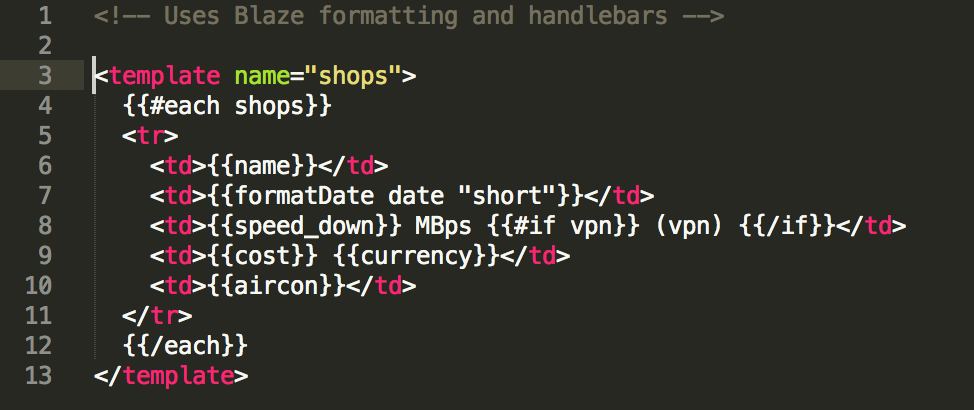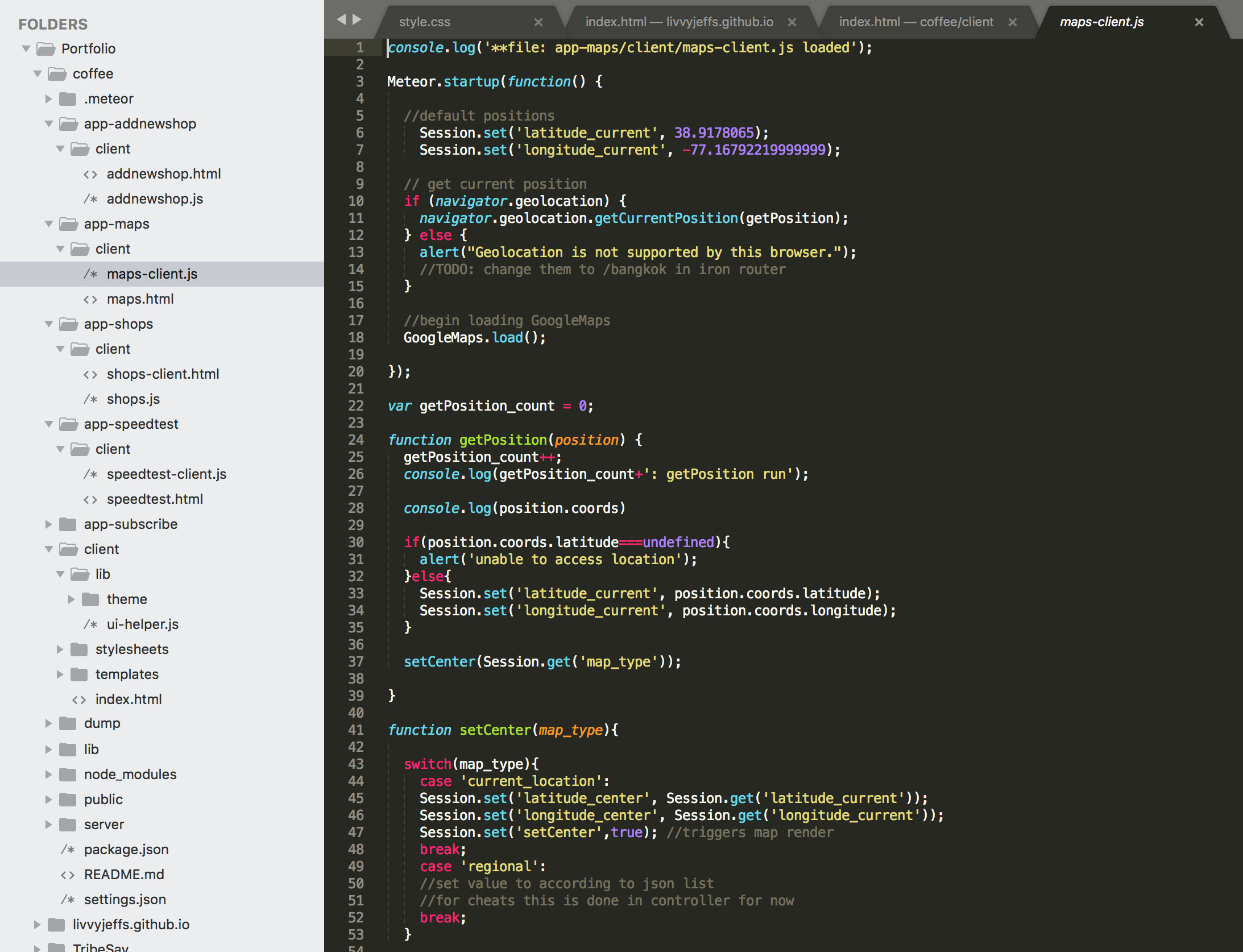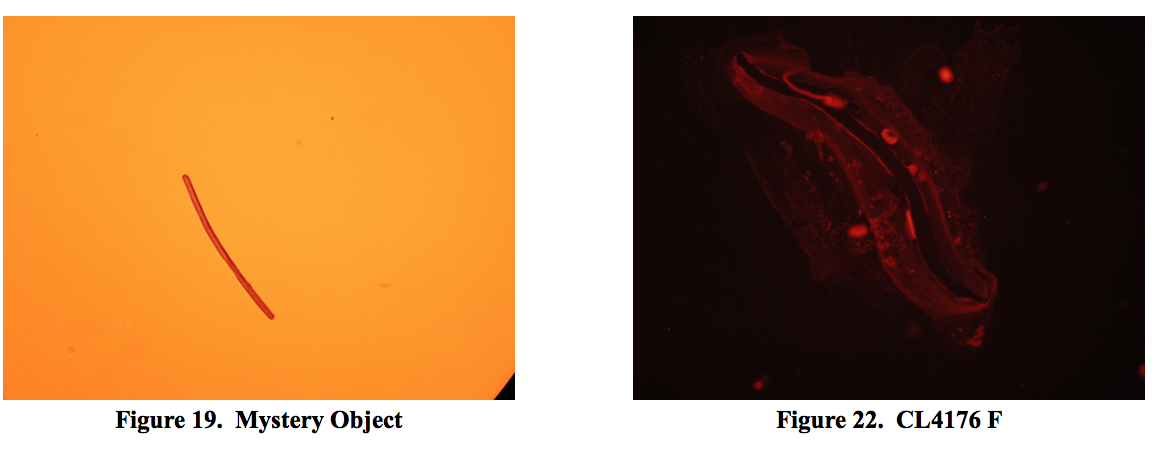// Saqsaywaman (ArcGIS, 2013)
Saqsaywaman is an Incan ruin that began construction in the 1440s and was deconstructed by the Spanish after the failed Inca Rebellion of 1536; only three megalithic walls remain. In 2009, portions of the wall crumbled due to excess water runoff from a recently installed, impermeable clay layer, just above the damaged portion.
The goal of Miksad’s research is to prevent further damage by returning the site to its original drainage state using traditional Inca engineering practices.
-
Saqsaywaman Historic Site Review [PDF]
The topography changed significantly during deconstruction of the site post-1536, since most of the accessible boulders were removed and used to construct the surrounding city of Cusco, Peru. Using first hand accounts, handdrawn maps, and aerial photography from the Dumbarton Oaks archives in Washington, D.C., I adjusted and rectified the images onto current topographical models to gain insight into original water flow and site structure.
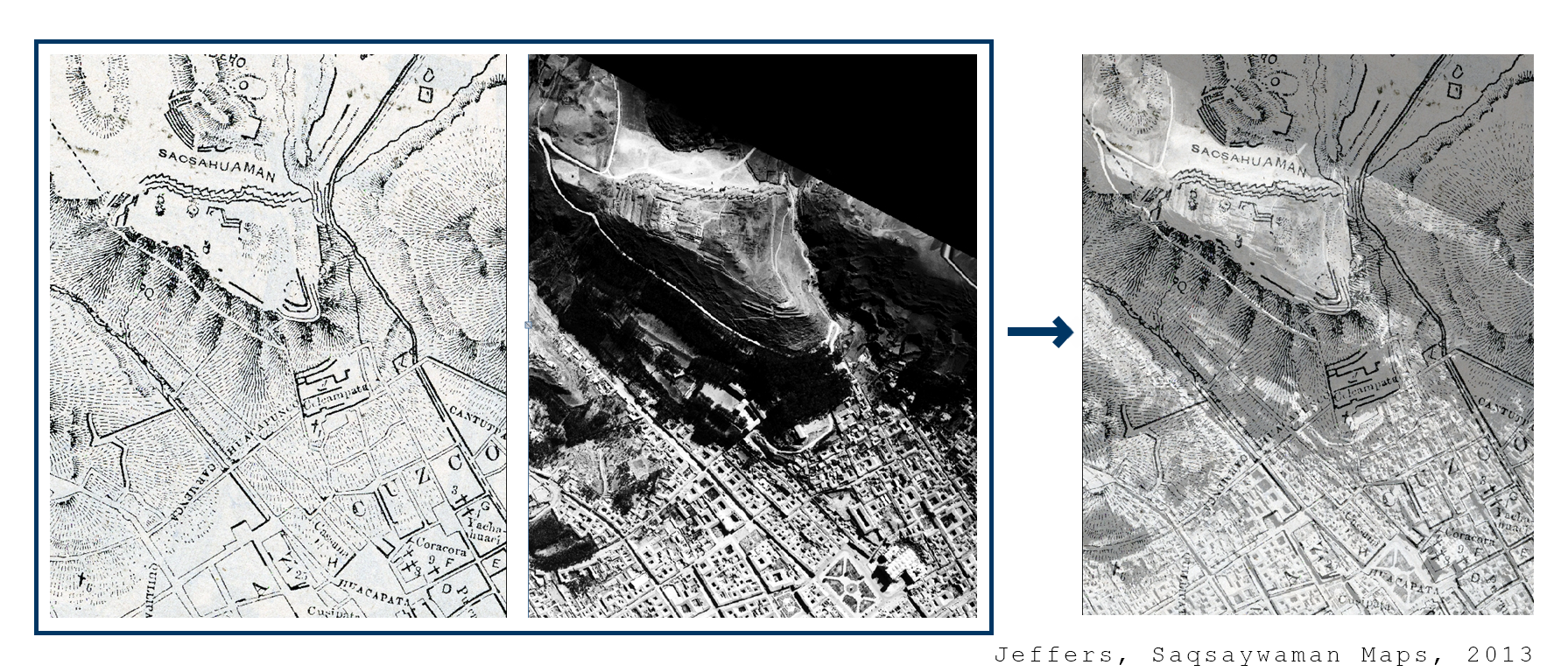
-
Civil Engineering Review (Thesis) [PDF]
The team traveled to Peru in August 2013 to gather the remaining topographic data for to increase the accuracy of drainage analyses. The video shows hypothesized drainage canal, topographic data, wall data, and flow path analysis using ArcGIS and ArcScene.
